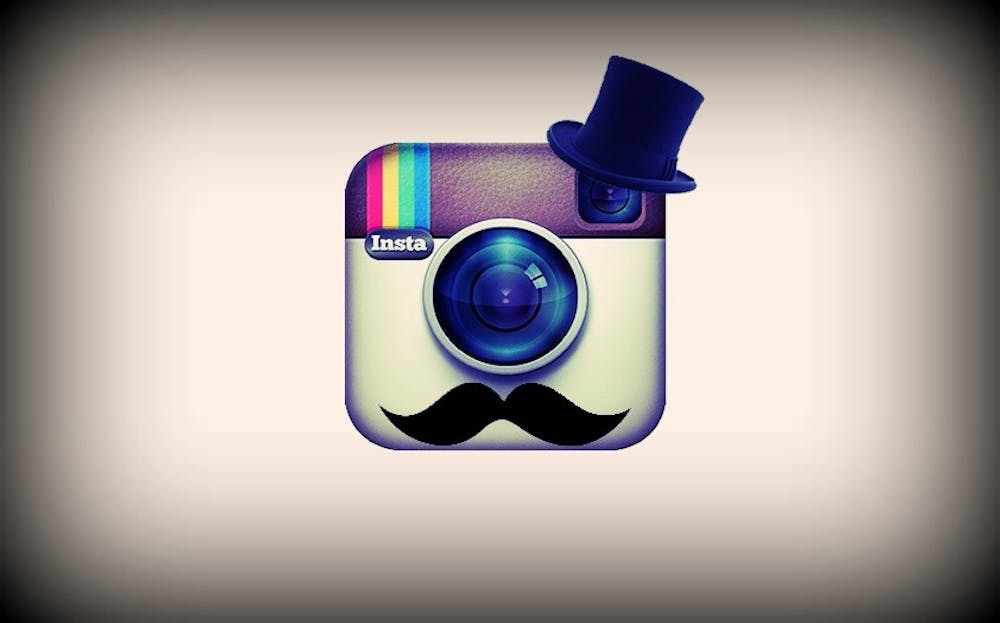From the advent of the camera and since the first photo was captured in 1826 in a backyard in France, people have been fascinated by photography. We take photos for many reasons. We want to preserve a moment, our own moment. We want to show a glimpse, if ever so slight, of the way in which we see the world. We want to allow others to peer through our lens. We want to see something the naked eye cannot. We want to stop time and to allow our eyes the indulgence of exploring further into what we see. Now not only do we see the tree, but we can see the branches and the leaves. We take a picture because we need to say that I was there, that I existed.
Photographs confirm our reality. They give us tangible evidence and documentation of where we have been and of who we are – evidence that will outlive us. Collecting our memories is not only an interest or a hobby but almost a requirement for the society we live in. Our materialistic civilization demands that we collect material things. For as long as people have valued currency, they have valued all kinds of physical goods. They show what we have accomplished, where we have been and who we have become. The activity of taking and collecting photographs is just an amplification of this psychological need.
As photography boomed, it was no longer good enough to have the medal from the wrestling match; you also needed a photograph of it around your neck. When you clean out your home, you may choose to discard your old wedding dress, but no one would ever think of disposing of the photos from the big day. Photos are precious to us. We frame them, organize them neatly in books and carry them in our wallets. Even with the arrival of video, people are still fascinated by the still, immortalized moment photos capture.
And to think, this all came long before social media and smart phones. Today, just capturing and collecting these moments isn’t enough. Sharing them has become a part of the process of self-validation. Everyday technology gives us more ways to interact with one another. Communication is no longer an A-B conversation. With social media, we can indirectly network with all of our “friends” at once by posting something to our profiles. What do we post most often? Our pictures.
The purchase of Instagram by Facebook for $1 billion has started to spark a conversation about the importance of sharing photos. The New York Times recently addressed the subject, and many corporations are taking note of this quick and easy method of interacting with the public. Existing social media sites are updating their features to allow for easier sharing, and designers are quickly hashing out new photography-related apps.
Many of the top apps downloaded today are photo sharing apps, the number one being Instagram. This app and others like it allow users to manipulate their photos right on their smartphones by cropping and overlaying filters. Interestingly enough, many of these filters let people tweak their photos to make them look as if they came from an old analog camera or specifically from “1977”. So why do we want our new photos taken by our iPhones or Droids to look like they came from a Polaroid camera?
One obvious answer is nostalgia. We love the look of old family photos in their sepia-tones. It goes deeper than this, though. By aging the photos, they no longer look like intangible, digital media. Suddenly they seem to exist as more than just a few pixels on our device. Sharing them makes this even more evident. How can you share something if it doesn’t truly exist?
But clearly, sharing photos does not make them any more “real.” And the phrase “pics or it didn’t happen” isn’t entirely true. However, when you take a photograph, you make a memory. You physically freeze and capture a moment so that it can be kept forever. This newfound longevity of that particular moment brings it out of the realm of the abstract and into reality.
Sharing photos also goes back to the human fascination with freezing time. What better way is there to stop time than to disrupt the Facebook “timeline” by posting a photo you took days or years ago(especially one that is made to look like it is from 1977)? Your “Throwback Thursday” does a lot more than show off a cute baby picture to generate “likes.” One of the most fascinating knacks of photography is the ability that this simple post has to totally disturb the news feed’s sense of time and order.
In contrast, Instagram allows us to express who we are through in a more organized manner. Just by viewing someone’s profile, it is easy to see what they value through the photos they post. Hashtags can take this one step further. They accompany photos to help viewers know what the other person was thinking as they shared a photo of their beautiful dinner plate or their legs lying out by the pool.
Editing allows for more personalization and creativity on behalf of the user. Now not only did you decide to take a photo of something, but you can artfully choose whether “earlybird” or “toaster” is a better filter for your sunset. Chances are, if you are at a dinner party, everyone will have taken a picture of the spread on the table. But each person will carefully select a different filter before posting to Instagram, allowing the photo to feel more personal and representative of our own experience.
Photography allows us all to be aesthetic producers as well as consumers. It allows us to express who we are to others and to capture and hold on to memories that are important to us. New apps such as Instagram are a mere reflection of humanity’s attraction to this old art.



